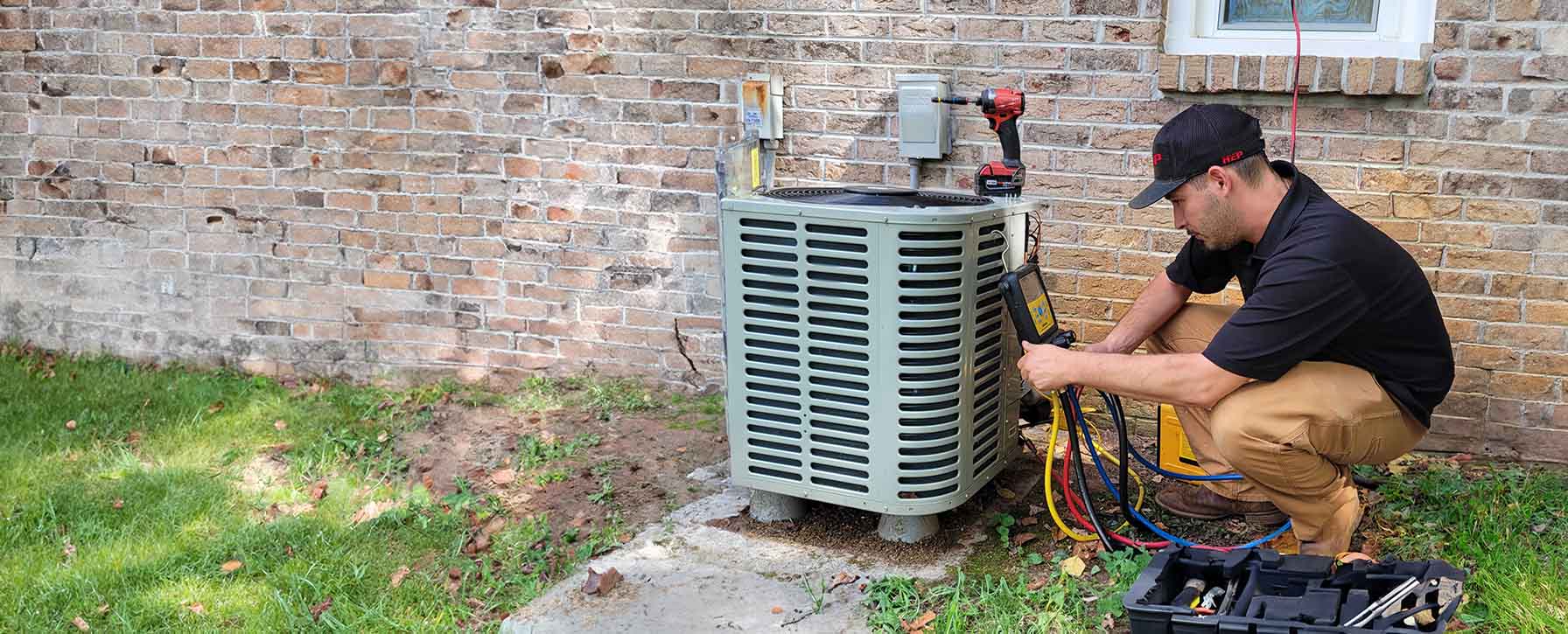

Energy Efficiency
Your trusted partner for professional home services. Quality workmanship, guaranteed satisfaction.




- HEP
- Energy Efficiency
Energy Efficiency | Dehumidifier Installation | Heating and Air Conditioning | Soddy-Daisy
When the Tennessee air hangs heavy over Soddy-Daisy, HEP’s energy-efficiency pros step in with a smart, seamless dehumidifier installation that pairs perfectly with your heating and cooling system. Our NATE-certified technicians evaluate your home’s unique moisture levels, then fit a high-performance unit that removes excess humidity without driving up energy bills. The result is balanced, breathable air that feels cooler in summer, warmer in winter, and always healthier for your family.
From the first friendly visit to the final walkthrough, you’ll notice the HEP difference: transparent pricing, tidy workmanship, and a commitment to long-term savings. Say goodbye to musty odors, warped wood, and overworked HVAC equipment—say hello to year-round comfort backed by a local team that’s just around the corner whenever you need us. Schedule your appointment today and discover how effortless great indoor air can be.
FAQs
Why is a whole-house dehumidifier important for homes in Soddy-Daisy?
Soddy-Daisy sits near the Tennessee River, so outdoor humidity regularly reaches 70–90 %. That moisture seeps indoors, raising relative humidity above the ideal 45–50 % range. Excess humidity makes your HVAC system work harder, encourages mold growth, and leaves occupants feeling sticky even at normal thermostat settings. A whole-house dehumidifier removes this latent moisture before it circulates through your ductwork, giving you drier, more comfortable air, reducing cooling costs, and protecting your home’s structure and furnishings from moisture damage.
How does installing a dehumidifier improve HVAC energy efficiency?
Air conditioners are designed to lower both temperature and humidity, but humidity removal (latent load) is the least efficient part of their job. A dedicated dehumidifier handles the latent load separately, allowing your air conditioner to focus on sensible cooling. Because drier air feels cooler, most homeowners can raise the thermostat 2–3 °F without sacrificing comfort, cutting annual cooling bills by 5–10 %. Less run-time also means less wear on compressors and blowers, extending HVAC lifespan.
What size dehumidifier system do I need for my Soddy-Daisy home?
Sizing depends on square footage, insulation quality, current indoor RH levels, and lifestyle factors such as the number of occupants and frequency of cooking or showering. As a rule of thumb, a 2,000 ft² home that consistently sees RH above 60 % requires a unit that removes 70–90 pints per day. During an in-home assessment, our technicians take moisture readings, inspect ductwork, and use ACCA Manual H guidelines to recommend the right capacity so the system runs efficiently without short-cycling.
Will a dehumidifier help with allergy and mold issues common in Tennessee?
Yes. Dust mites and mold spores thrive when relative humidity is above 60 %. By keeping RH in the 45–50 % range, a whole-house dehumidifier deprives these allergens of the moisture they need to reproduce. Customers typically report fewer musty odors, reduced mold growth on bathroom grout or HVAC coils, and noticeable relief from respiratory symptoms. Many physicians recommend whole-house dehumidification as a non-pharmaceutical step in allergy management.
What is the typical cost and payback period for a professionally installed dehumidifier?
In Soddy-Daisy, turnkey installation of a quality whole-home dehumidifier ranges from $2,200 to $3,800, depending on capacity, duct modifications, and whether a dedicated condensate drain or pump is required. Energy savings (5–10 % on cooling and 10-20 % on future mold remediation/repair avoidance) usually recoup the initial cost in 3–5 years. Many local utilities, including EPB, offer rebates or low-interest financing that shorten the payback even more.
How is a dehumidifier integrated into my existing HVAC system, and how much maintenance does it require?
We install the unit in parallel with your supply and return plenums, so it pulls moist air from the return side, removes water, and sends dry, conditioned air back into the supply trunk. The system runs automatically based on a dedicated hygrometer or your smart thermostat’s humidity set-point. Routine maintenance is minimal: replace or wash the unit’s MERV-rated filter every 6-12 months, make sure the condensate line is clear, and schedule an annual tune-up where we check refrigerant charge, blower operation, and humidity calibration. Most units carry 5-year parts and 15-year cabinet warranties when professionally installed.